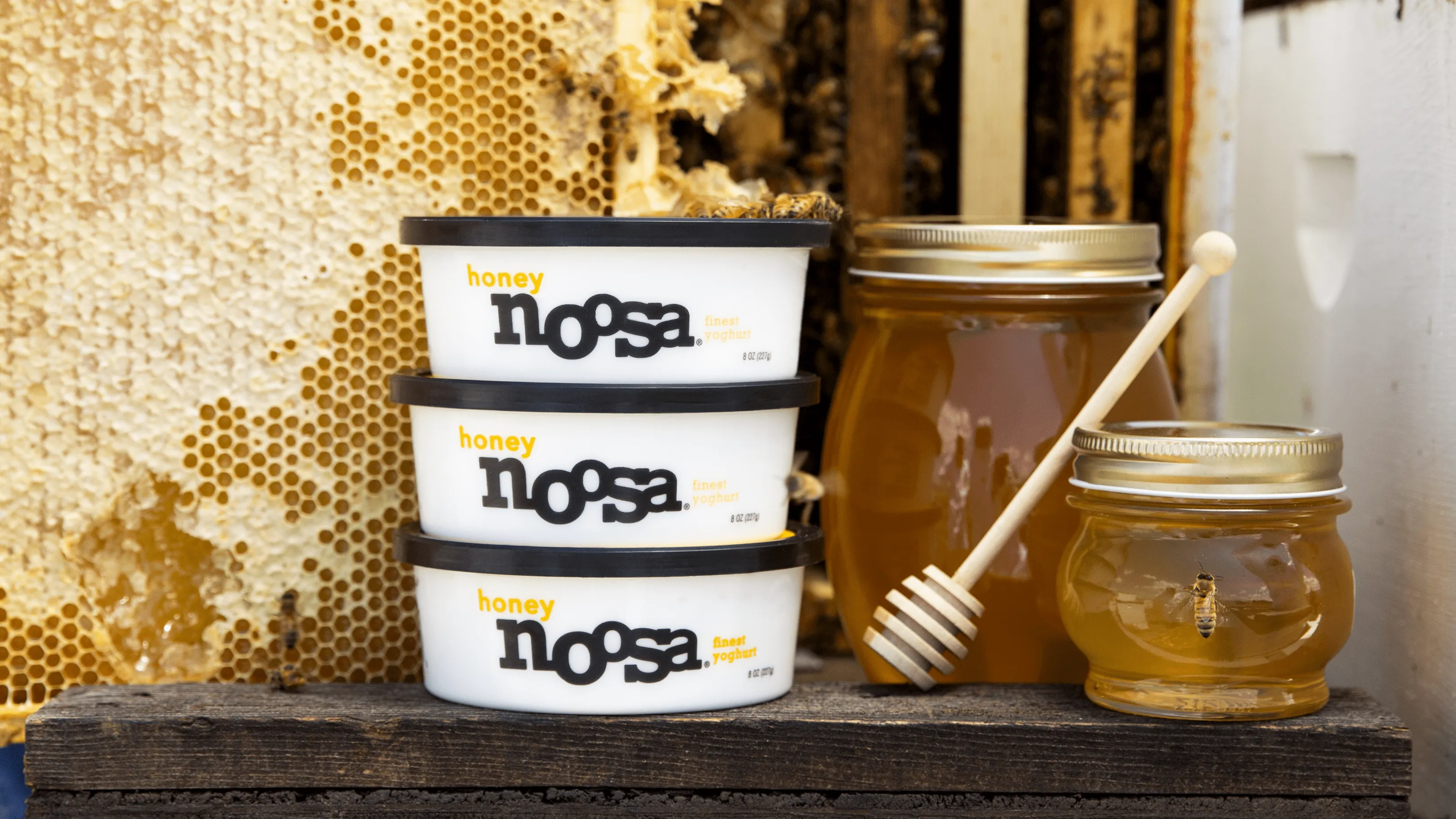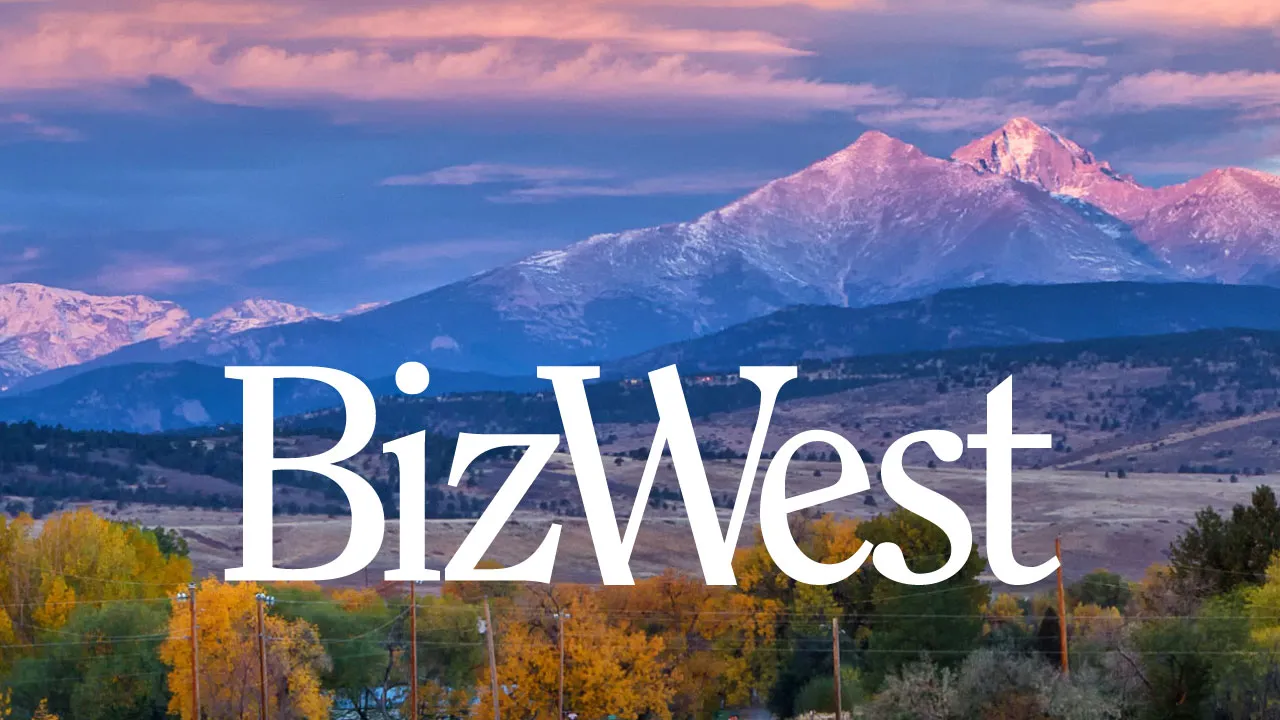Amundson: Season of anxiety knows no generational difference
Our farm had a name.
I was recently exploring — in my mind — my agricultural heritage, and it struck me that our farm had a name.
That might seem like an odd thing to remark upon, but farms with names were rarities in the part of the Midwest where we made our home. That isn’t the case in the West, where ranches often have names or bear the imprint of their brands.
SPONSORED CONTENT
Ours had big white letters on the big red barn shouting “Primrose Farm.”
That name meant very little to me, the fourth generation of my family to grow up in that place. The fifth generation of our family currently works the land.
For me, the name had little more significance than as a target for my solitary game of catch. The big “O” in the name became the centerpiece of my game. With an old bald tennis ball, I could hit that “O” eight out of 10 throws from halfway across the yard, catch the bounce and throw it again.
I recall one other named farm, Spruce Farm, with big black letters on a big white barn. And the spruce trees in the yard gave it meaning.
But I never really knew where the name Primrose Farm came from. I don’t recall any primroses. Wild roses, yes, but no primroses.
My 88-year-old mother doesn’t know, either. The name was there when she was a girl. She assumes her grandfather, the founder of the farm after his emigration from Denmark, put it there. He built the barn, so that assumption isn’t far off.
Primroses are common in Denmark, which may have been the background for the name.
Most of the farms in that part of the Midwest during my upbringing were small operations. Family farms, as they were known. Most farmers worked at least quarter sections of land — that’s 160 acres in an area where 640-acre sections were bounded by township roads mostly straight and mostly inline with the compass points. Farming a whole section was considered a big farm, unlike the multiple thousands of acres that farmers in that same region work today.
Because there were so many farms, and farm families, they supported many small towns of 1,000 or 2,000 people. The towns were six miles apart, as determined by the railroad when it pushed through the prairie.
Our town had four grocery stores at one time. There’s one there now, and it likely struggles. But when there were many farms, even little stores like Ernie & Hannah’s could survive. At Ernie & Hannah’s, customers would hand their list to Ernie, who began to write up the order in long hand. Hannah would look over his shoulder and begin to run around the store to fill out the order. If Hannah didn’t have it, she’d slip out the back door, run across the street and buy it from the larger store there. My uncle ran that larger store, which later went out of business because of an even larger store down the street that was able to survive the changing ag economy of the ’60s and ’70s.
The ’50s, ’60s, and ’70s were years of the Green Revolution, when University of Minnesota-trained agronomist Norman Borlaug, who won the Nobel Prize in 1970, is credited with saving billions of lives around the world with his research into increasing crop yields.
When my father farmed, he would strive for 80-bushel-per-acre corn, and a bumper crop was considered 100 bushels per acre. Last year, the average yield nationwide for corn was about 175 bushels per acre, which means the heartland farms of southern Minnesota and Iowa were hitting yields of 200 or more.
The USDA is projecting that 14.8 billion bushels of corn will be harvested this year; that’s off of 92.7 million acres of cropland planted with corn, up 2% from a year ago. Soybean acreage is also up by 5%, and 4.34 billion bushels of soybeans are forecast for harvest.
Corn prices are up from a year ago, which if they hold will mean a good year for the nation’s farmers.
As summer turns to fall, anticipation in farm country is at a high level, along with the anxiety. Will the weather hold? Will late-planted crops have enough growing season to mature? Will politics blow up the export markets?
And those concerns are exactly the same as they were back when great-granddad painted Primrose Farm on that big barn.
Ken Amundson is managing editor of BizWest. He can be reached at kamundson@bizwest.com
Our farm had a name.
I was recently exploring — in my mind — my agricultural heritage, and it struck me that our farm had a name.
That might seem like an odd thing to remark upon, but farms with names were rarities in the part of the Midwest where we made our home. That isn’t the case in the West, where ranches often have names or bear the imprint of their brands.
Ours had big white letters on the big red barn shouting “Primrose Farm.”
That name meant very little to me, the fourth generation of my family to grow up in that…




